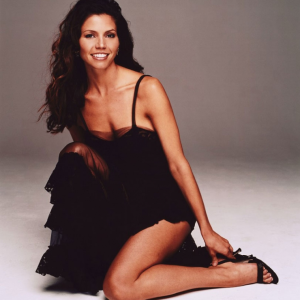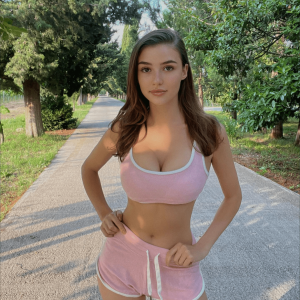Let’s face it—Westerns have always been a man’s game. Cowboys, dusty saloons, quick draws at high noon… you know the drill. But in 1994, Bad Girls came charging in like a wild horse, kicking that old narrative straight into the dust. It wasn’t just a Western—it was a revolution in boots and corsets.
Instead of yet another tale about rugged men chasing glory, we got four fierce women—Cody, Lilly, Anita, and Eileen—armed with guns, grit, and no patience for the world’s rules. These weren’t damsels in distress. They were warriors. Survivors. And they weren’t waiting around for permission to take control of their lives.
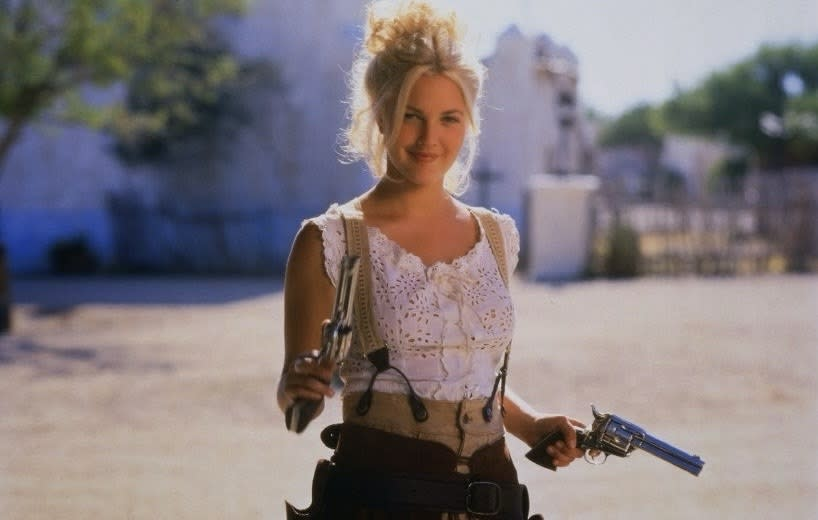
Meet the Women Who Rode Into History
Each of the four women in Bad Girls came with her own backstory, her own scars, and her own reasons for hitting the road. Cody (played by Madeleine Stowe) was the sharp-shooting leader with a painful past. Mary Stuart Masterson’s Anita had brains and bravery, while Andie MacDowell’s Eileen brought quiet strength to the crew.
But it was Drew Barrymore’s Lilly Laronette who truly lit the screen on fire. The youngest and wildest of the bunch, Lilly had that spark—the kind that says, “I may be a mess, but I’ll still outrun and outgun you.” Barrymore gave her a kind of restless soul energy. She was impulsive, emotional, and fiercely loyal. And beneath all the fire? A vulnerability that gave Bad Girls its emotional pulse.
Video: Bad Girls | #TBT Trailer | 20th Century FOX
Breaking Stereotypes One Gunfight at a Time
Let’s be clear: Bad Girls didn’t just put women in cowboy hats—it redefined what they could do in them. These women weren’t sidekicks or love interests. They were the whole story. They robbed trains. Fought off bounty hunters. Escaped ambushes. And did it all without ever waiting for a man to save the day.
That’s what made Bad Girls so fresh. It didn’t just check a diversity box—it gave its characters full emotional depth. These women argued. They cried. They forgave. They protected one another. Their bond wasn’t just a convenient plot device—it was the soul of the film.
Why Drew Barrymore’s Lilly Stole the Show
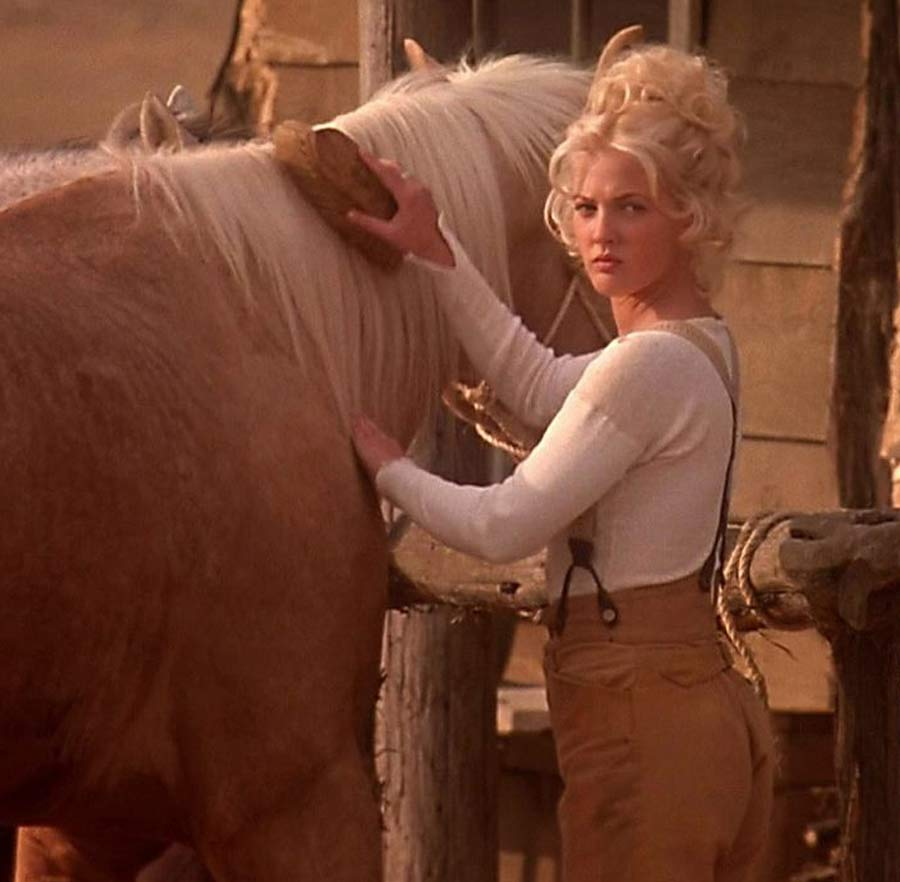
There’s no denying that Lilly Laronette added fire to every scene. Barrymore brought a rawness to the role that felt alive. One minute she was laughing like a carefree kid, the next she was pointing a gun at someone’s head. That kind of range doesn’t come easy.
Lilly wasn’t perfect, and that’s what made her powerful. She was complicated, impulsive, and dangerously emotional. And yet, she felt like the most honest character in the group. She reminded us that strength isn’t about being stoic—it’s about being real. And real can get messy.
The Wild West, With Real Stakes
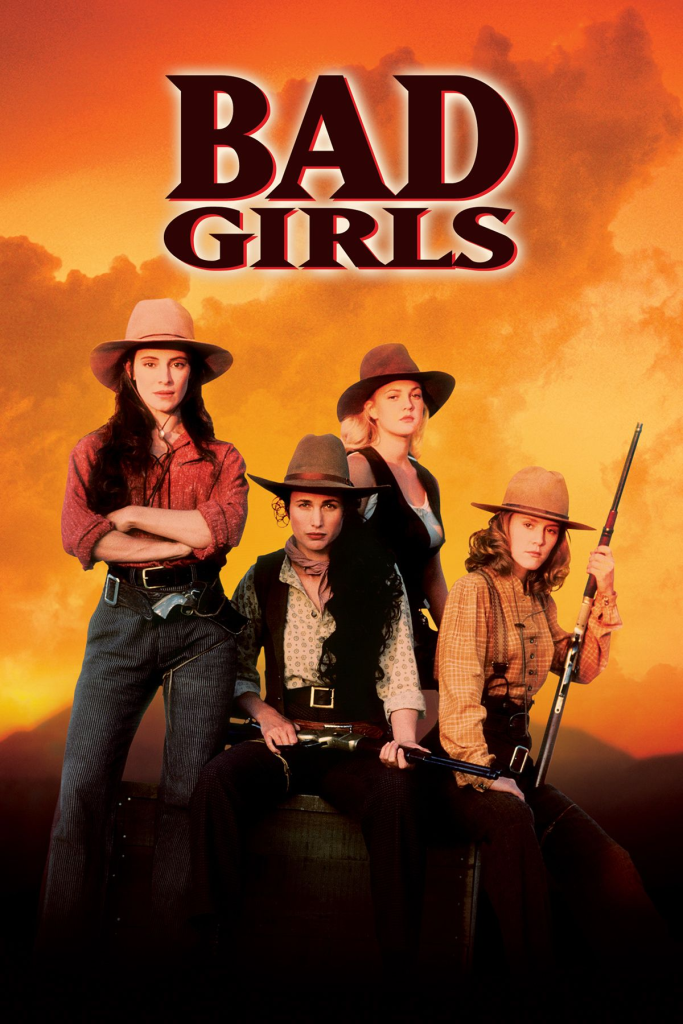
Yes, Bad Girls has your classic Western ingredients: horses, saloons, ambushes, and plenty of dust. But it also brings something most Westerns leave out—emotional depth. It’s not just about winning shootouts. It’s about surviving betrayal. It’s about finding trust in a world that constantly betrays you.
The scenes between the women—whether they’re riding hard, arguing about trust, or sharing moments of quiet relief—have a kind of texture rarely seen in Westerns. They feel lived-in, raw, and, most of all, human.
The Critics Missed the Point—But Fans Didn’t
Video: Barry Drew Moore in Bad Girls (1994): Iconic Western Moment.
When Bad Girls first hit theaters, critics didn’t exactly roll out the red carpet. The reviews were mixed at best. Some said it didn’t do enough with its feminist angle. Others dismissed it as “just another Western in drag.”
But here’s the thing: the fans got it. Over time, the film earned cult status, especially among viewers who were hungry for stories where women weren’t just in the frame—they were running the show. People didn’t love Bad Girls because it was perfect. They loved it because it was different, daring, and full of heart.
A Legacy of Fire, Freedom, and Female Grit

In a world still obsessed with anti-heroes and silent tough guys, Bad Girls showed us that heroism comes in all forms—and sometimes, it wears a corset and carries a rifle.
The movie’s legacy lies in what it dared to do. It let women take up space in a genre that rarely gave them more than a few lines. It gave them flaws, agency, and power. And it made room for emotions in a landscape that usually trades in cold stares and quick bullets.
Conclusion: Bad Girls Still Ride Strong
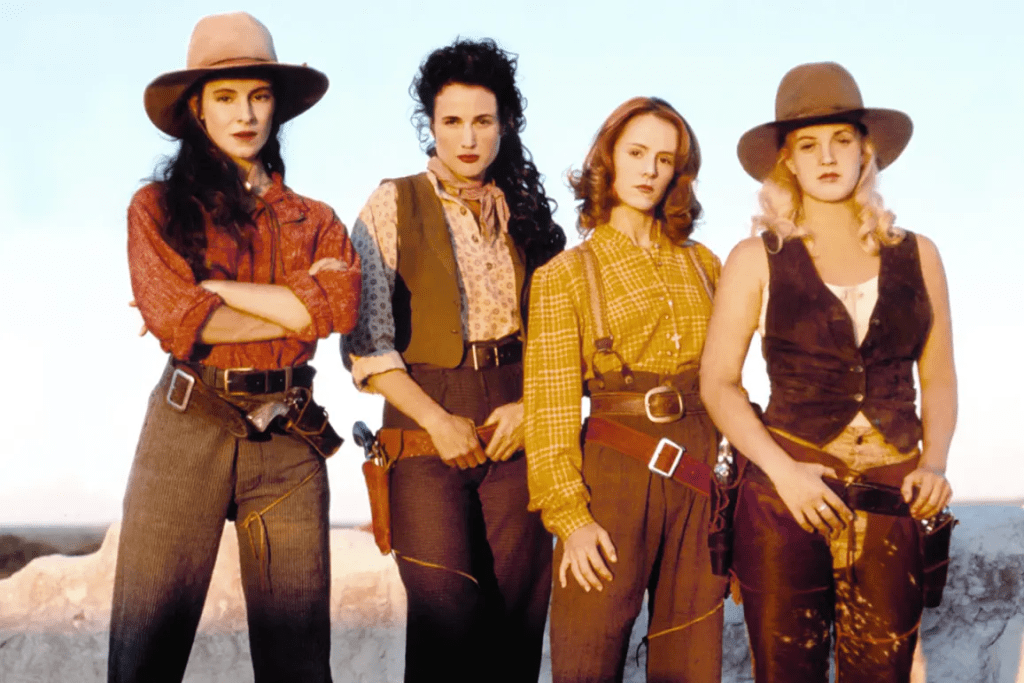
More than 30 years later, Bad Girls remains a reminder of what happens when you flip the script—and don’t apologize for it. It may not have rewritten the Western playbook completely, but it tore out a few pages and added something unforgettable.
It gave us women who didn’t wait for permission to be strong. Women who didn’t run from their pain—they rode through it. And in doing so, Bad Girls carved its place in cinematic history—not with loud praise, but with quiet, enduring defiance. And that’s a legacy worth saddling up for.
